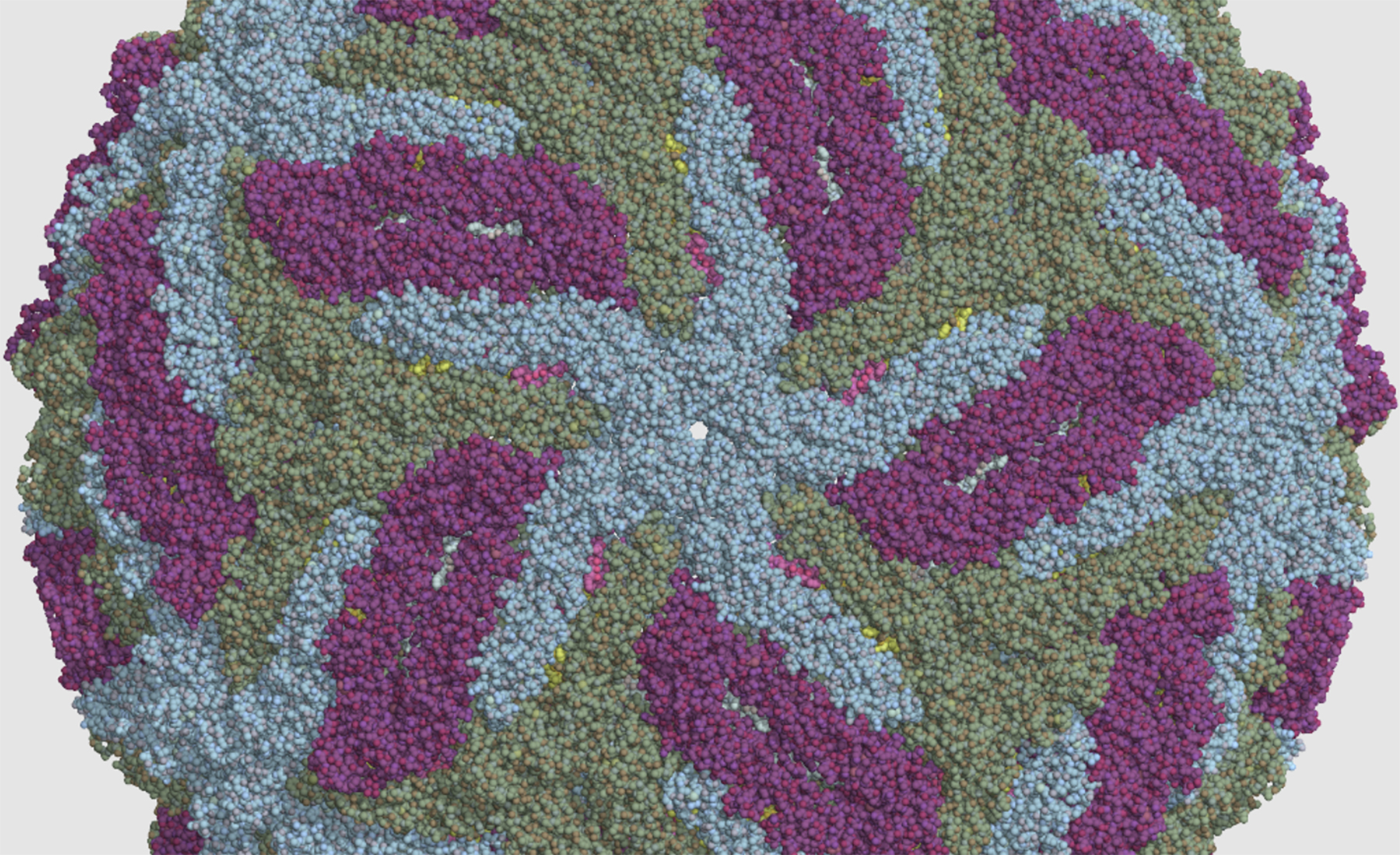Ensuring a Future With Clean Water
Researchers are simulating a water treatment plant to train young engineers to help shore up a retiring workforce.

Researchers are simulating a water treatment plant to train young engineers to help shore up a retiring workforce.

Syracuse University researchers use SDSC’s Expanse to explore the theory of quantum gravity.

Anvil adds CryoSPARC to its impressive catalog of software applications, empowering bioscience research.

Researchers from UC San Diego study water phases with the help of ACCESS resources at NCSA and SDSC

With the help of ACCESS resource Expanse, researchers at the University of Illinois at Urbana Champaign have been studying how to create some of the tiniest motors ever invented with inspiration from biological systems like DNA.

ACCESS resource Stampede2 helps researchers trace the path of electrons

With the aid of ACCESS resource Bridges-2, researchers were able to clean up bird observation data to optimize it for AI training.

Some scientists have recently studied perovskites because of their material properties that can be used in things such as solar cells. A team of researchers from Ames National Laboratory and the Swiss Federal Institute of Technology in Zürich – along with a talented undergraduate – used the powerful HPC resource at the San Diego Supercomputer Center for their study.

Engineering scholars from Johns Hopkins University used Expanse at the San Diego Supercomputer Center at UC San Diego to create simulations to model the friction between two rough surfaces coated with fatty acids.

Researchers at Cornell University help illuminate the future of wind energy in North America.